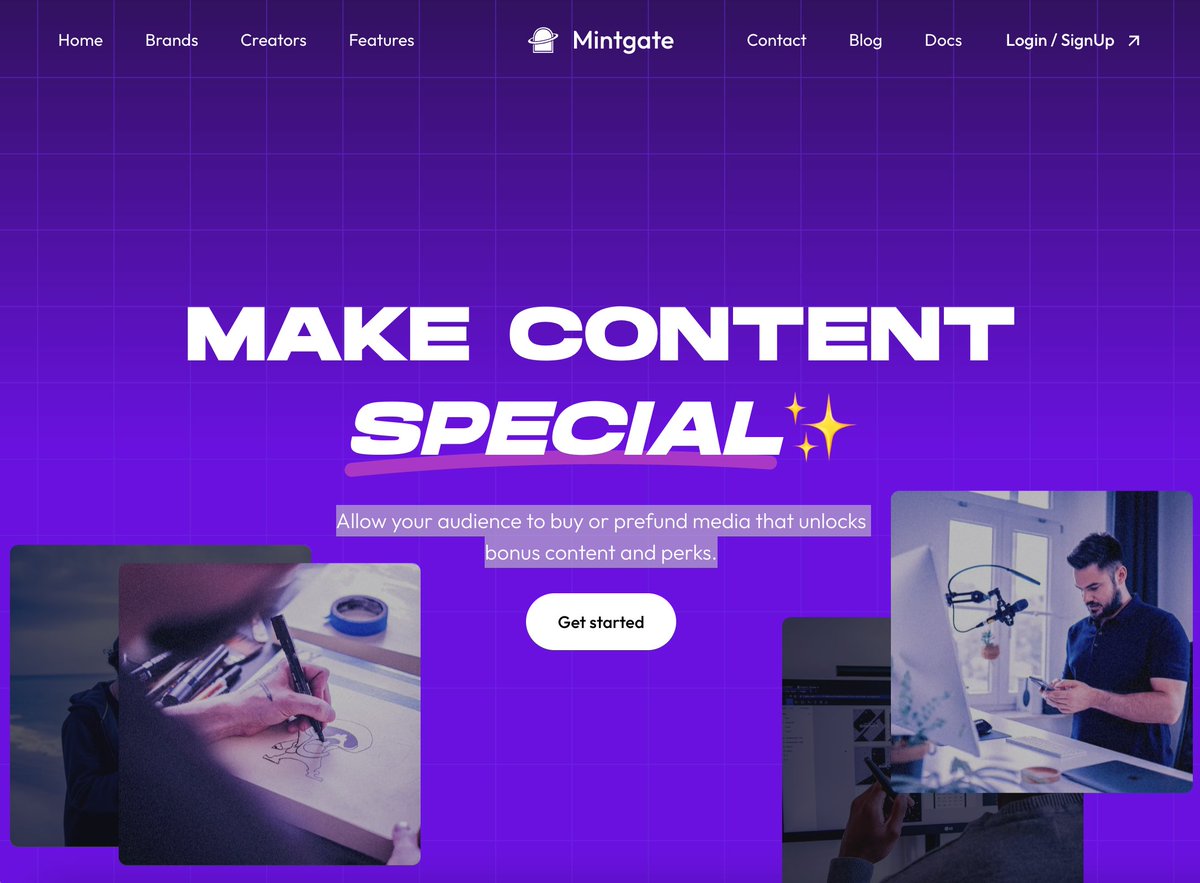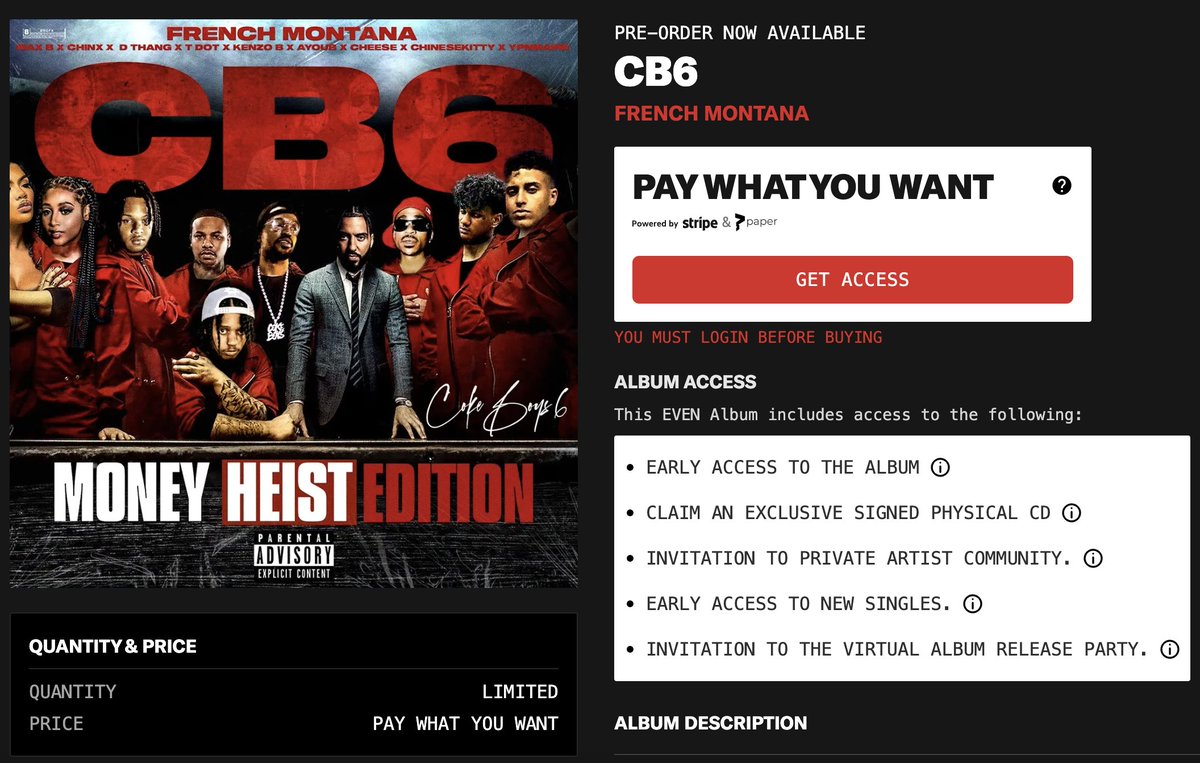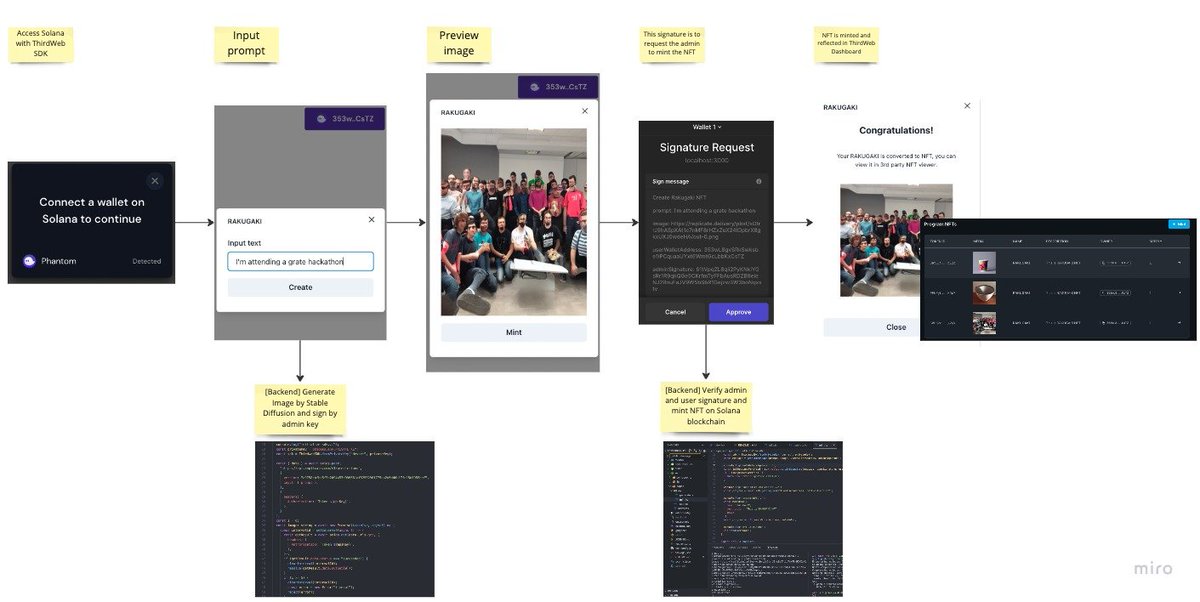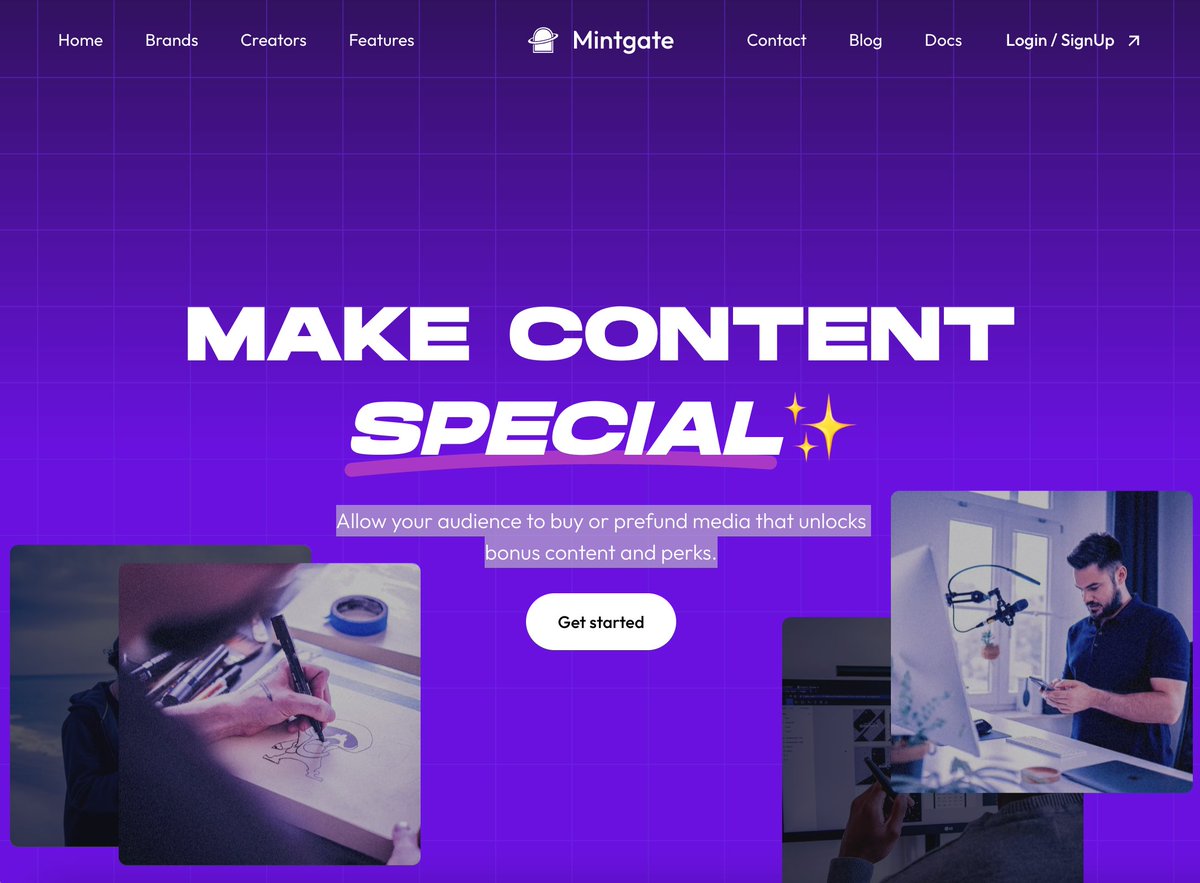
Looking for the next multi million dollar opportunity in Web3?
Spoiler: It isn’t buying JPEGs.
We’ve broken down the biggest opportunity we believe builders have to capture immense value during the next bull run.
An intro to blockchain as a service (BaaS) 🧵👇
Spoiler: It isn’t buying JPEGs.
We’ve broken down the biggest opportunity we believe builders have to capture immense value during the next bull run.
An intro to blockchain as a service (BaaS) 🧵👇
In the last 3 months, some of the biggest companies in the world have explored how Web3 can accelerate their business objectives.
Reddit, Starbucks, Meta and many more have launched Web3 projects during the ‘bear’ market.
Reddit, Starbucks, Meta and many more have launched Web3 projects during the ‘bear’ market.
As we race towards mass adoption of crypto, brands in every industry will begin exploring how they can integrate web3 into their business strategy.
Some trends to look out for:
- On-chain loyalty programs (Starbucks)
- Digital asset marketplaces (Reddit)
- Creator tools (Meta)
All of these use cases will bring huge value to businesses who use blockchain tech over Web2 infrastructure.
- On-chain loyalty programs (Starbucks)
- Digital asset marketplaces (Reddit)
- Creator tools (Meta)
All of these use cases will bring huge value to businesses who use blockchain tech over Web2 infrastructure.
The problem? Web3 is still inaccessible for many.
This includes decision makers at some of the world’s biggest companies.
Writing contracts, choosing the right blockchain, connect wallet flows, implementing payments etc…
These are complex steps for non-native builders.
This includes decision makers at some of the world’s biggest companies.
Writing contracts, choosing the right blockchain, connect wallet flows, implementing payments etc…
These are complex steps for non-native builders.
Complexity is your opportunity.
Abstracting away complexity is one of the most consistent trends in tech
Today, you don’t need to understand how to code to build a simple website.
In the future, you wont need to know how to write a smart contract to unlock the power of Web3.
Abstracting away complexity is one of the most consistent trends in tech
Today, you don’t need to understand how to code to build a simple website.
In the future, you wont need to know how to write a smart contract to unlock the power of Web3.
Building tools which make it easy for businesses to build blockchain enabled apps is one of the biggest opportunities in Web3.
Founders need intuitive apps which take care of the blockchain infastructure so they can focus on building their business.
Founders need intuitive apps which take care of the blockchain infastructure so they can focus on building their business.
Every industry will need its own set of tools to easily build and launch Web3 projects.
For example, musicians who want to launch their album as an NFT collection won’t use the same platform as a property developer looking to sell apartments on-chain.
For example, musicians who want to launch their album as an NFT collection won’t use the same platform as a property developer looking to sell apartments on-chain.
Here are two examples of platforms already taking advantage of this opportunity:
Mintgate is a platform for creators to easily sell NFT gated content.
Creators can build token gated stores and an NFT drop which their audience can buy to access the token gated experience.
Mintgate takes care of the smart contract deployment and token gating for the creator.
Creators can build token gated stores and an NFT drop which their audience can buy to access the token gated experience.
Mintgate takes care of the smart contract deployment and token gating for the creator.

EVEN is a platform for artists to launch pre-release NFT drops for albums.
The NFTs unlock rewards: merch, early listening access and even a cut of royalties.
Artists don’t have to worry about the web3 infrastructure, and instead focus on marketing the drop to their audience.
The NFTs unlock rewards: merch, early listening access and even a cut of royalties.
Artists don’t have to worry about the web3 infrastructure, and instead focus on marketing the drop to their audience.

The secret weapon powering both of these platforms?
They're both using thirdweb’s smart contract deployment flow to power the Web3 infastructure for their users.
They're both using thirdweb’s smart contract deployment flow to power the Web3 infastructure for their users.
Our tools make it easy for anyone to build a blockchain as a service platform without having to worry about building smart contracts for their users.
Our contracts are free to deploy, fully audited and 100% owned by the wallet which deploys them.
Our contracts are free to deploy, fully audited and 100% owned by the wallet which deploys them.
Time to build!
Our very own @jarrodWattsDev has created a tutorial on how to build a Web3 creator tool.
Create a front-end application where users can:
- Mint an NFT onto the blockchain
- View the NFT they just minted.
Our very own @jarrodWattsDev has created a tutorial on how to build a Web3 creator tool.
Create a front-end application where users can:
- Mint an NFT onto the blockchain
- View the NFT they just minted.
• • •
Missing some Tweet in this thread? You can try to
force a refresh










